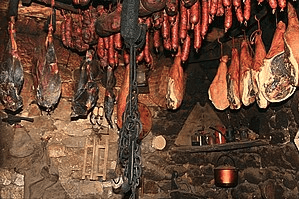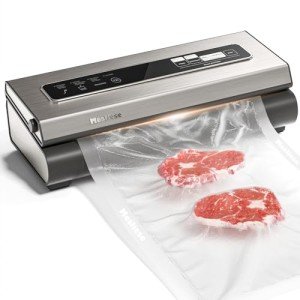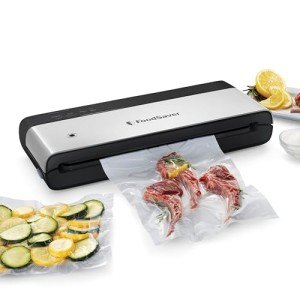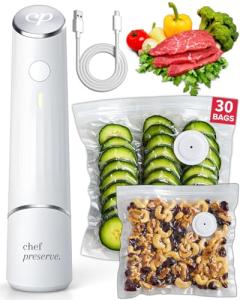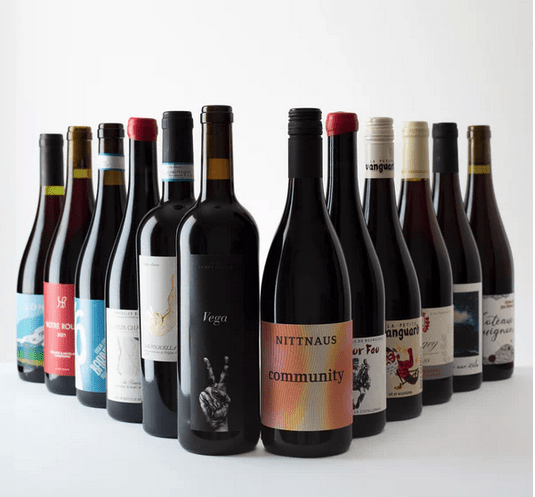Meat Preservation Methods for Wild Game: Ensuring Quality and Safety
Hunting wild game provides a rich source of protein and a connection to traditional food preservation techniques. Proper meat preservation is crucial not only for maintaining the quality of the meat but also for ensuring food safety and preventing spoilage. This article explores several effective methods for preserving wild game meat.
1. Refrigeration and Immediate Processing
The first step in meat preservation begins immediately after the hunt. Proper field dressing and quick cooling are critical:
- Cool the meat as quickly as possible after harvesting, ideally within a few hours of the kill
- Field dress the animal to remove internal organs and prevent bacterial growth
- Keep the meat clean and dry
- Use portable coolers or game bags with ice to lower the meat's temperature rapidly
2. Drying and Jerky Making
Dehydration is one of the oldest and most effective preservation methods for wild game:
- Slice meat into thin, uniform strips (1/4 inch thick)
- Remove all visible fat, which can become rancid quickly
- Season the meat with salt and spices
- Use a food dehydrator or low-temperature oven (set at 145-165°F)
- Dry until the meat is leathery and breaks when bent
- Store dried meat in airtight containers in a cool, dark place
3. Smoking
Smoking not only preserves meat but also adds unique flavor:
- Use hardwoods like hickory, maple, or apple for best results
- Maintain a low temperature (below 165°F) to cook and preserve the meat
- Cure the meat with salt and potentially nitrites before smoking
- Smoke until the internal temperature reaches a safe 160°F
- Can be stored at room temperature for several weeks or refrigerated for months
4. Canning
Pressure canning provides a long-term preservation method:
- Use a pressure canner to reach temperatures high enough to kill bacteria
- Follow USDA-approved canning recipes precisely
- Ensure proper sterilization of jars and lids
- Process at the correct pressure and duration for your altitude
- Provides shelf-stable meat for up to a year when done correctly
5. Freezing
Modern freezing techniques offer convenient preservation:
- Cool the meat thoroughly before freezing
- Wrap meat tightly in freezer paper or vacuum-seal bags
- Remove as much air as possible to prevent freezer burn
- Label packages with the date and type of meat
- Store at 0°F or lower
- Most wild game can be stored for 6-12 months without significant quality loss
6. Vacuum Sealing
Vacuum sealing has revolutionized meat preservation, offering an exceptional method for storing wild game with minimal quality loss:
How Vacuum Sealing Works
- Removes virtually all air from the packaging
- Creates an airtight seal that prevents oxidation and freezer burn
- Dramatically extends the shelf life of wild game meat
Benefits for Wild Game Preservation
- Prevents freezer burn by eliminating air exposure
- Maintains meat's original flavor and texture
- Reduces the risk of bacterial growth
- Allows for more compact storage in freezers
- Ideal for long-term meat preservation
Vacuum Sealing Process
- Clean and thoroughly dry the meat before sealing
- Trim excess fat and connective tissue
- Use high-quality vacuum sealing bags designed for food storage
- Place meat in single-serving or meal-sized portions
- Use a vacuum sealer machine to remove air and seal
- Label packages with date and type of game meat
- Store sealed packages in the freezer
Storage Recommendations
- Vacuum-sealed wild game can last 2-3 years in the freezer
- Maintain freezer temperature at 0°F or lower
- Thaw sealed packages in the refrigerator for best results
7. Salt Curing and Dry Curing
Traditional curing methods that have been used for centuries:
- Use kosher or curing salt with sodium nitrite
- Coat meat thoroughly with salt mixture
- Store in a cool, controlled environment
- Allows for long-term preservation without refrigeration
- Creates unique flavors and textures
Safety Considerations
- Always handle wild game meat with clean hands and tools
- Cook to recommended internal temperatures
- Be aware of potential wildlife diseases
- When in doubt, consult local wildlife authorities or game wardens
Conclusion
Preserving wild game requires knowledge, care, and attention to detail. Each method offers unique advantages, and hunters can choose techniques based on available resources, time, and personal preference. By mastering these preservation methods, you can enjoy high-quality wild game meat long after the hunt.
